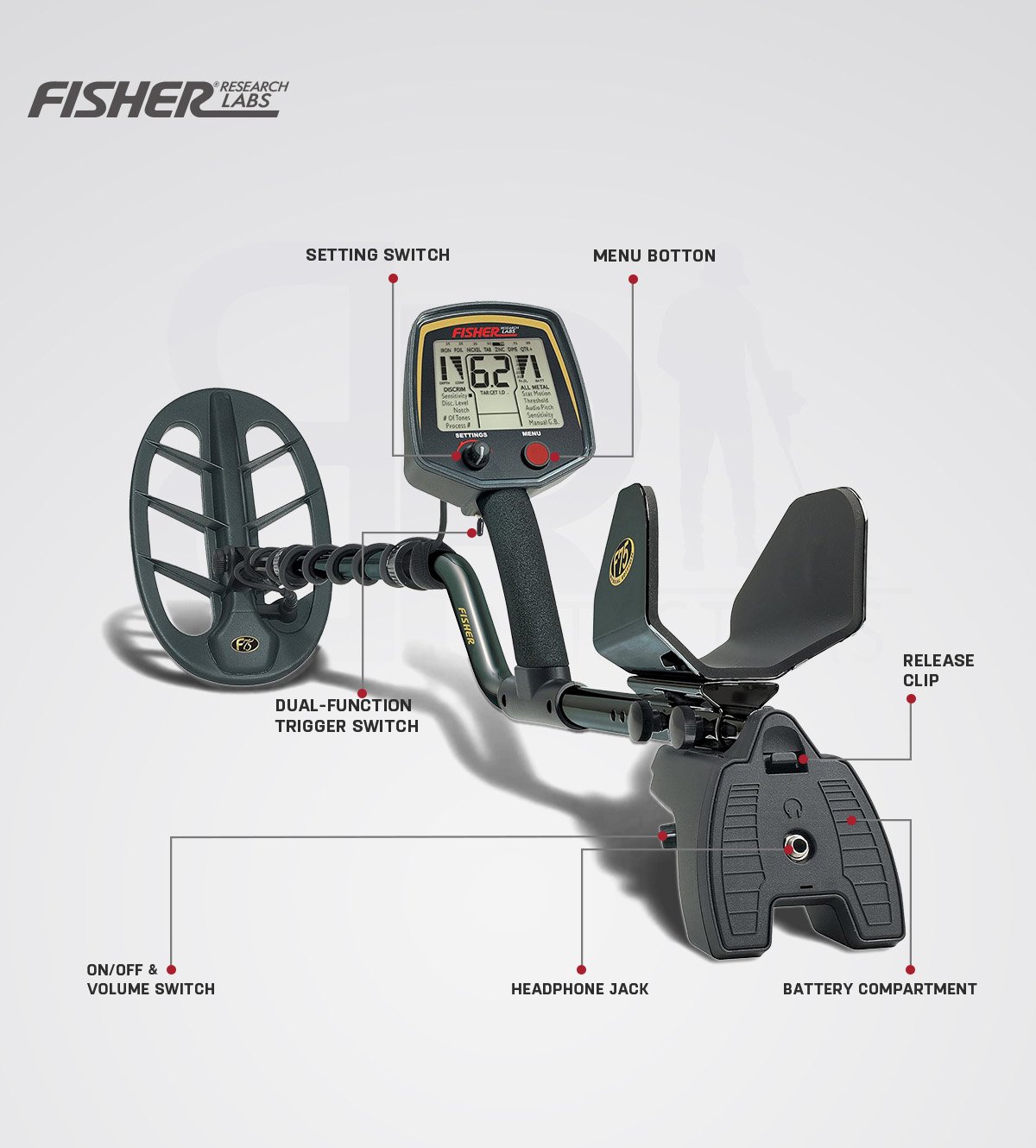Metal detecting has come a long way since the early days when hobbyists had to rely on heavy, less reliable machines. Today, there are several types of detectors, each built for specific uses. Among them, the VLF detector, or Very Low Frequency detector, has gained immense popularity. But what exactly makes a VLF detector different from other detectors, and why do so many treasure hunters, hobbyists, and professionals prefer them?
Understanding the Basics of VLF Technology
VLF detectors operate on the principle of transmitting and receiving signals at very low frequencies, usually between 3 kHz and 30 kHz. This frequency range makes them particularly sensitive to small targets such as coins, jewelry, and even small nuggets of gold. Unlike pulse induction (PI) detectors, which send powerful bursts of energy into the ground, VLF detectors use continuous waves that allow them to separate metals with greater precision.
This separation is what makes VLF detectors so appealing to those who need discrimination. With a good VLF machine, you can tell the difference between a valuable item like a gold ring and a less desirable object such as a bottle cap. That saves you both time and energy in the field.
Why Discrimination Matters in Metal Detecting
Discrimination is essentially the detector’s ability to distinguish between different types of metals. Imagine you’re hunting along a beach filled with trash. Without proper discrimination, you would spend hours digging up pull tabs and foil instead of coins or jewelry. A VLF detector helps filter out unwanted signals so you can focus on more promising targets.
Other detectors, such as PI units, may excel in extreme soil conditions, but they often lack the ability to discriminate well. This is why VLF detectors remain the go-to option for coin shooters, relic hunters, and general-purpose hobbyists.
VLF vs. Other Technologies: The Real Differences
The main difference between VLF detectors and other detectors lies in how they handle ground conditions and target separation. Pulse induction detectors are powerful in mineralized soil and saltwater environments, making them excellent for gold prospecting in harsh areas. However, they don’t separate metals as efficiently.
On the other hand, multi-frequency detectors combine the benefits of both worlds but are often more expensive and complex to use. VLF detectors strike a balance between affordability, ease of use, and versatility, which is why they continue to dominate the mainstream market.
The Role of Pinpointers in Metal Detecting
Even with a precise VLF detector, once you dig a hole, it’s not always easy to find the exact location of your target. That’s where a pinpointer metal detector comes in. Pinpointers are small handheld tools that help you zero in on the exact spot of a coin, relic, or nugget within the soil.
For many detectorists, a pinpointer is just as essential as the main detector. It reduces digging time, protects your finds from accidental damage, and makes the overall experience more enjoyable.
Spotlight on the Fisher 75 Black
When discussing VLF detectors, one standout product worth mentioning is the Fisher 75 Black. This detector is known for its high sensitivity, advanced target separation, and user-friendly interface. With its rugged design and professional-level features, it is an excellent choice for both beginners who want to invest in a long-term machine and seasoned hunters looking for precision.
The Fisher 75 Black demonstrates how far VLF technology has come, proving that these detectors are not only affordable but also capable of handling a wide range of detecting environments.
Practical Applications of VLF Detectors
VLF detectors aren’t limited to just coin shooting or relic hunting. They are widely used across different applications:
-
Treasure Hunting: Perfect for finding jewelry, coins, and small relics.
-
Archaeology: Professionals use them for non-invasive surveys to detect artifacts.
-
Gold Prospecting: While not as powerful as PI detectors in heavily mineralized soil, they can still detect small nuggets in the right conditions.
-
Beach Hunting: With the right waterproof models, VLF detectors perform well in sandy environments.
This versatility makes them appealing to a wide range of users, from hobbyists who spend weekends on local trails to professionals engaged in serious surveys.
Real-World Experience with VLF Detectors
From my own experience and those of countless detectorists I’ve spoken with, VLF detectors are often the first choice because they strike that sweet balance between accuracy and ease of use. Beginners appreciate their straightforward controls and clear audio signals, while advanced users enjoy fine-tuning sensitivity and discrimination to maximize results.
I’ve personally seen VLF detectors uncover everything from a handful of old silver coins buried under a park to small gold pendants lost at a beach. These real-world results reinforce why so many people trust them as their everyday machine.
The Future of VLF Detectors
Technology continues to evolve, and VLF detectors are not standing still. Manufacturers are now integrating digital displays, wireless audio, and improved ground balancing systems. Some newer models even include multiple frequency options to enhance performance across different conditions.
As innovation pushes forward, it’s safe to say that VLF detectors will remain relevant for years to come, offering treasure hunters and professionals reliable, affordable, and powerful tools.




